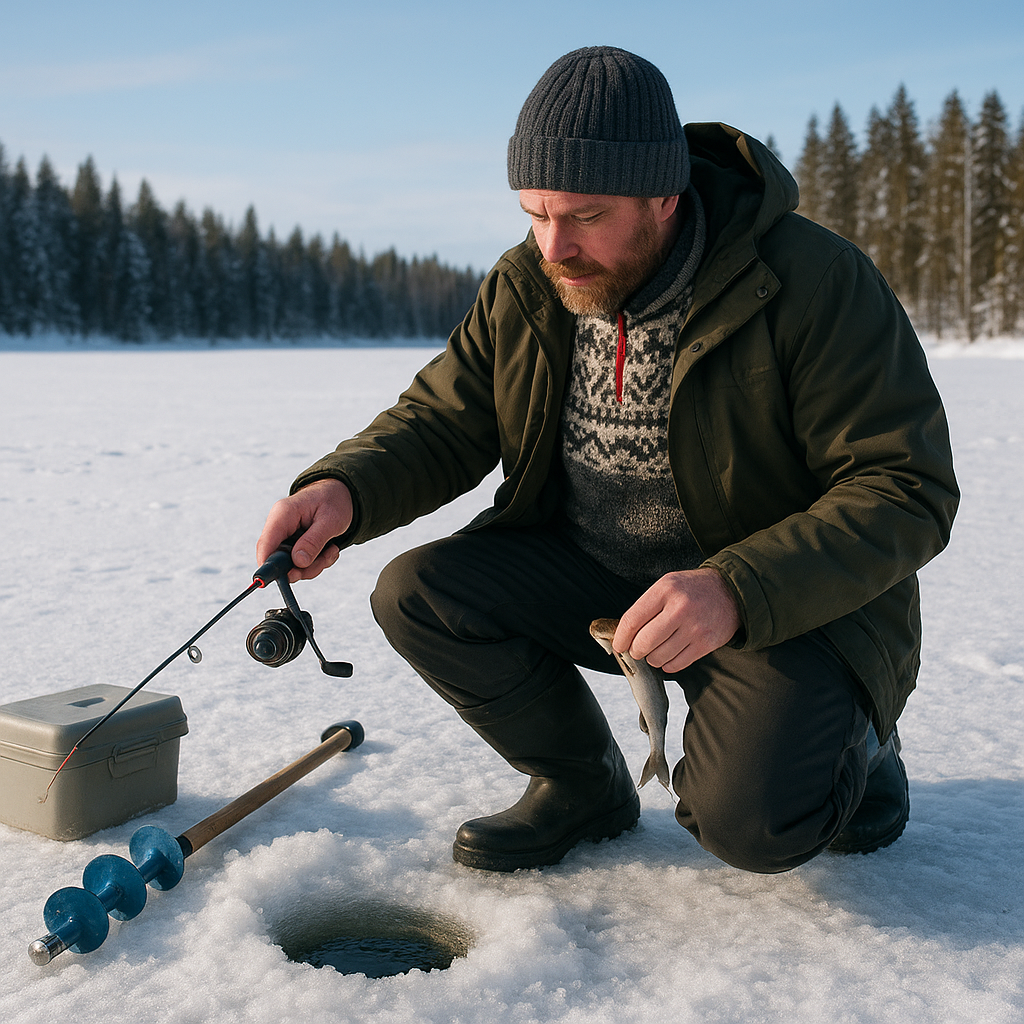
Exploring the world of winter sports reveals a captivating blend of natural beauty, technical mastery, and vibrant cultural heritage. From the pristine slopes of alpine resorts to the historic halls of ski museums in Norway, enthusiasts find a thrilling balance of adventure and camaraderie. This article delves into various winter disciplines, the rich museum traditions that preserve their stories, and the innovations shaping their future.
Winter Sports: An Active Playground
Winter sports offer participants a dynamic arena in which to test their physical limits and immerse themselves in picturesque landscapes. Whether you’re carving down steep slopes or gliding gracefully across frozen lakes, each activity demands a unique set of skills and fosters a sense of adrenaline and accomplishment.
Skiing and Snowboarding
- Alpine skiing: High-speed descents, varied terrains, and technical turns provide an exhilarating experience for those seeking endurance testing runs.
- Freestyle skiing: A playground for creativity, athletes perform jumps, spins, and tricks in terrain parks and halfpipes.
- Snowboarding: Merging style with skill, riders enjoy both aggressive freeriding and boardercross competitions.
Cross-Country and Biathlon
Endurance athletes embrace the rhythmic motion of cross-country skiing, navigating groomed tracks through tranquil forests and open fields. Biathlon combines this stamina challenge with precision marksmanship, creating a unique fusion of physical and mental control.
Ice-Based Disciplines
- Figure skating: Graceful choreography, athletic jumps, and spins captivate audiences worldwide.
- Speed skating: Athletes race at blistering speeds around oval ice tracks, showcasing raw passion and dedication.
- Curling: A team sport built on strategy, communication, and subtle stone placement.
Norway’s Ski Museums and Heritage Centers
As the birthplace of modern skiing, Norway offers a wealth of sites dedicated to preserving the heritage and traditions that shaped winter sports. These museums not only display historic equipment but also tell the story of community pioneers and innovations that influenced global practices.
Holmenkollen Ski Museum
- Located in Oslo beneath the famous ski jump, it is the world’s oldest ski museum, founded in 1923.
- Exhibits include ancient wooden skis dating back over 4,000 years, highlighting the evolution of design.
- Interactive displays allow visitors to test wax techniques and explore the art of ski jumping.
Norwegian Ski Museum in Morgedal
Often called the “cradle of skiing,” Morgedal is home to a museum celebrating Sondre Norheim, the father of modern skiing. Exhibits showcase the transformation of binding systems, ski construction, and the skier’s attire from the 19th century onwards.
Regional Heritage Centers
- Røldal’s Winter Sports Center offers insights into mountain rescue history and local alpine traditions.
- Beitostølen’s sports hub features interactive workshops on tailoring winter clothing for extreme conditions.
- Local folk museums often include winter equipment displays, underscoring skiing’s role in everyday transportation and hunting.
Innovations and Techniques in Winter Sports
The ongoing quest for improved performance has sparked numerous innovations in equipment design, training methods, and venue development. Athletes and engineers work hand in hand to refine every aspect of the sport, from ski camber and boot rigidity to aerodynamic suits for ice events.
Equipment Advances
- Composite materials: Carbon fiber and fiberglass offer unmatched strength-to-weight ratios, enhancing speed and maneuverability.
- High-performance waxes: Specialized waxes optimize glide in diverse snow conditions, turning marginal gains into significant competitive edges.
- Precision boots and bindings: Custom-molded footwear delivers improved control and reduces injury risk.
Training and Technique
Coaches now employ video analysis, motion sensors, and heart-rate monitoring to fine-tune an athlete’s form and strategy. Virtual reality simulations help skiers and snowboarders rehearse runs on famous courses, sharpening mental preparedness and tactical planning.
Venue Development
- Snowmaking technology: Advanced systems ensure reliable snow coverage, extending seasons and guaranteeing event readiness.
- Slope grooming machines: Automated graders and compactors sculpt tracks with surgical precision for consistent performance.
- Energy-efficient facilities: Modern lodges and lifts incorporate renewable energy sources to reduce carbon footprints.
Culture, Environment, and Sustainability
Beyond the rush of competition, winter sports embody deep-rooted tradition and foster a strong sense of community. Athletes, spectators, and local residents unite around shared experiences, celebrating both the ancient origins and the cutting-edge developments of snowy pursuits.
Environmental Stewardship
- Eco-friendly resorts: Many venues implement water recycling, solar panels, and green building materials.
- Wildlife protection: Ski areas collaborate with conservation groups to minimize habitat disruption.
- Climate research partnerships: Data collected on snowpack and temperature trends informs broader climate models.
Preserving the Past
Heritage centers and museums actively engage visitors with hands-on workshops in traditional ski crafting, storytelling sessions recounting legendary athletes, and archival film screenings. This focus on preservation ensures that future generations understand both the sustainability challenges and the historical milestones that define winter sports.
Future Outlook
As technology continues to evolve, so too will the methods and spirit of winter sports. From adaptive gear for athletes with disabilities to virtual competitions bridging global communities, the snowbound arena remains fertile ground for creativity. A commitment to environmental balance and cultural respect will guide the next wave of developments, ensuring that winter sports remain both thrilling and responsible.

